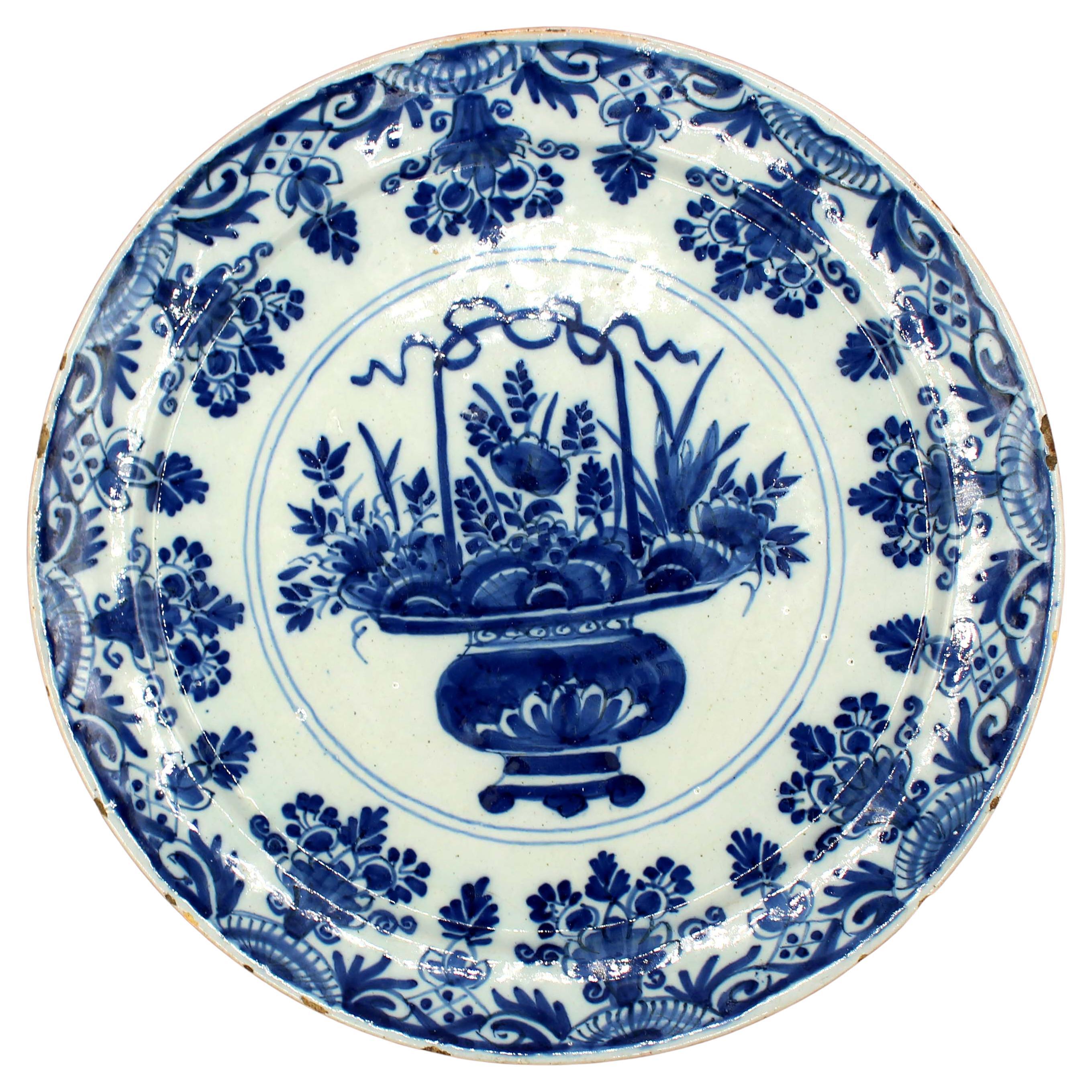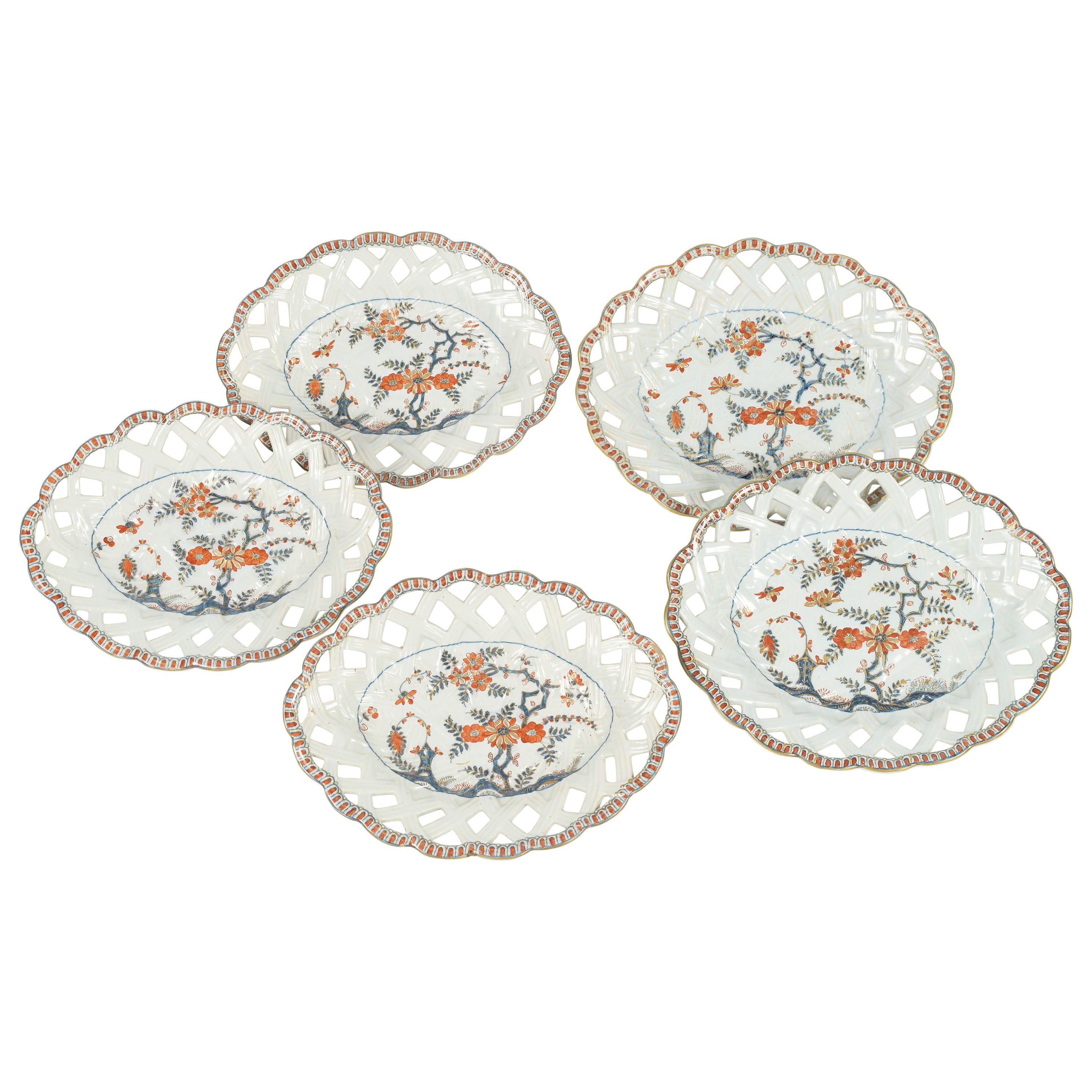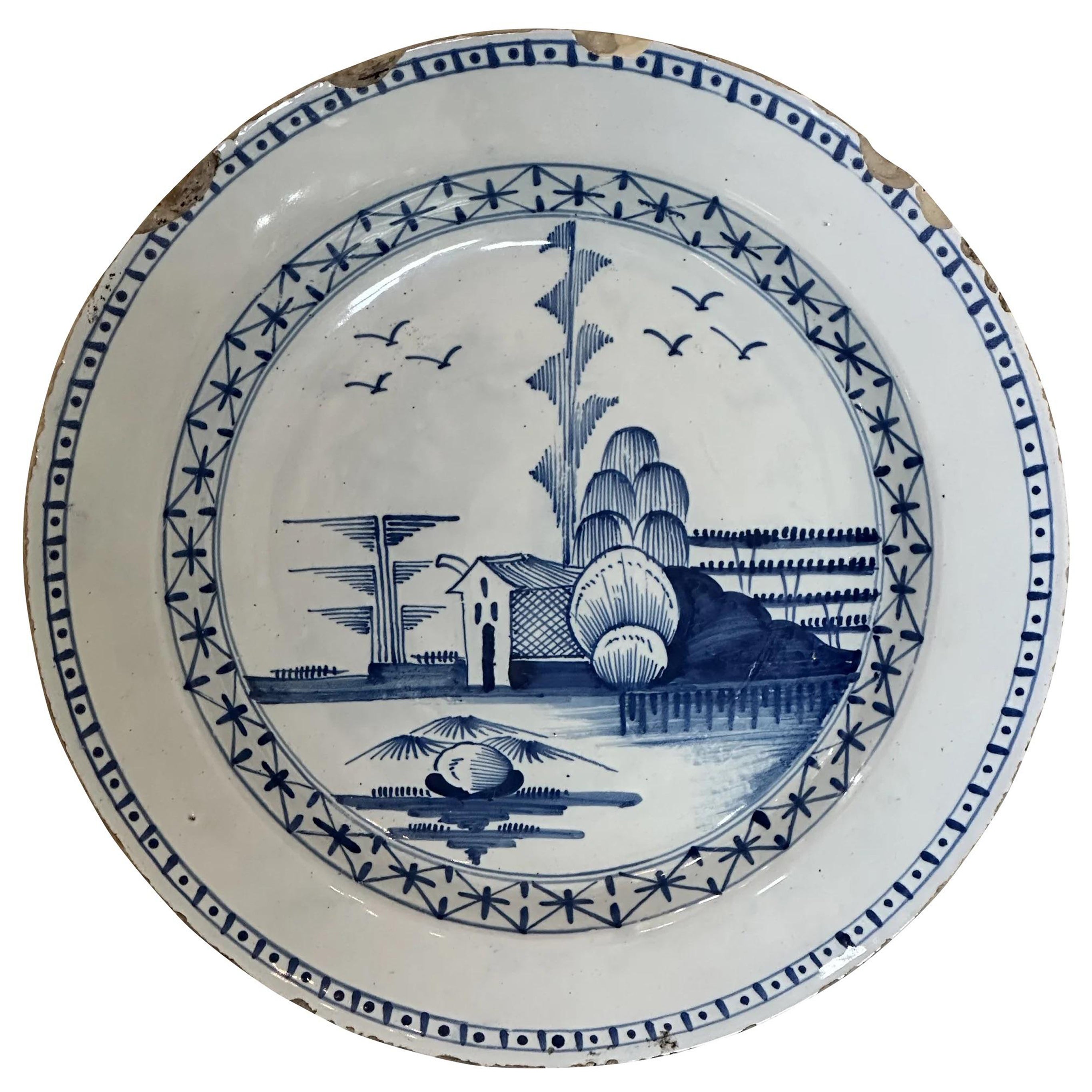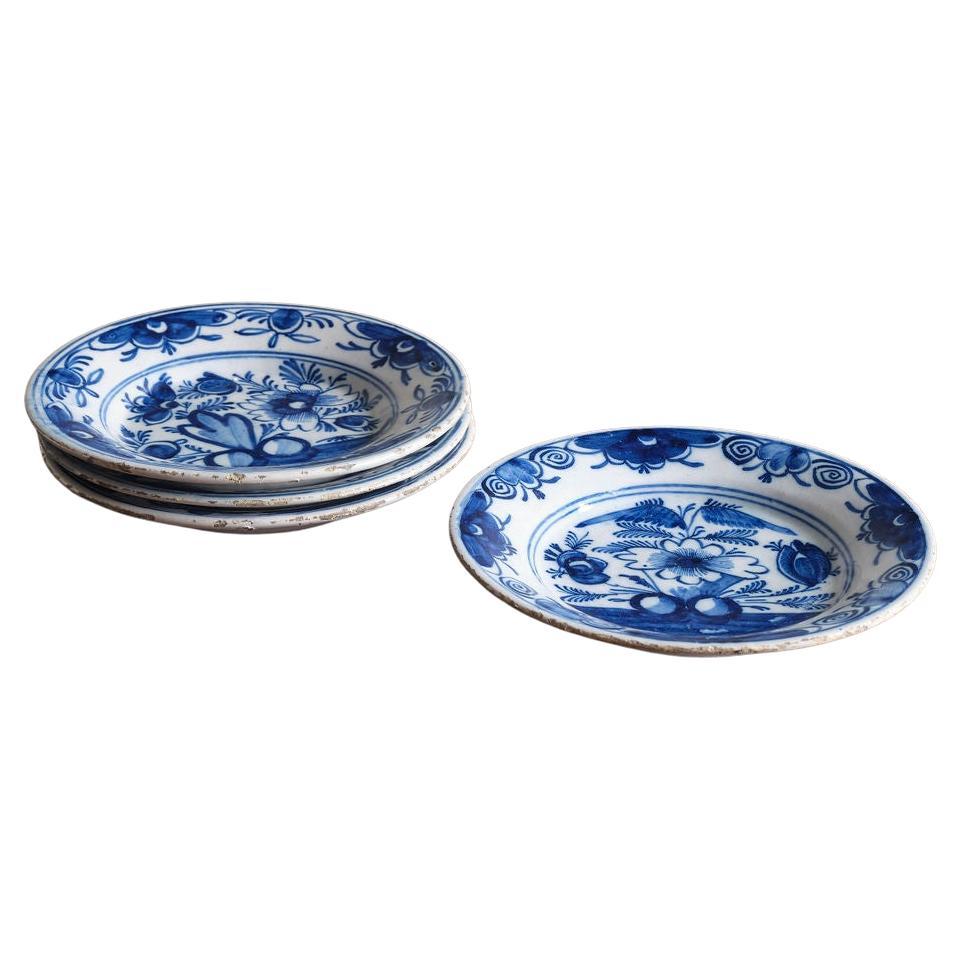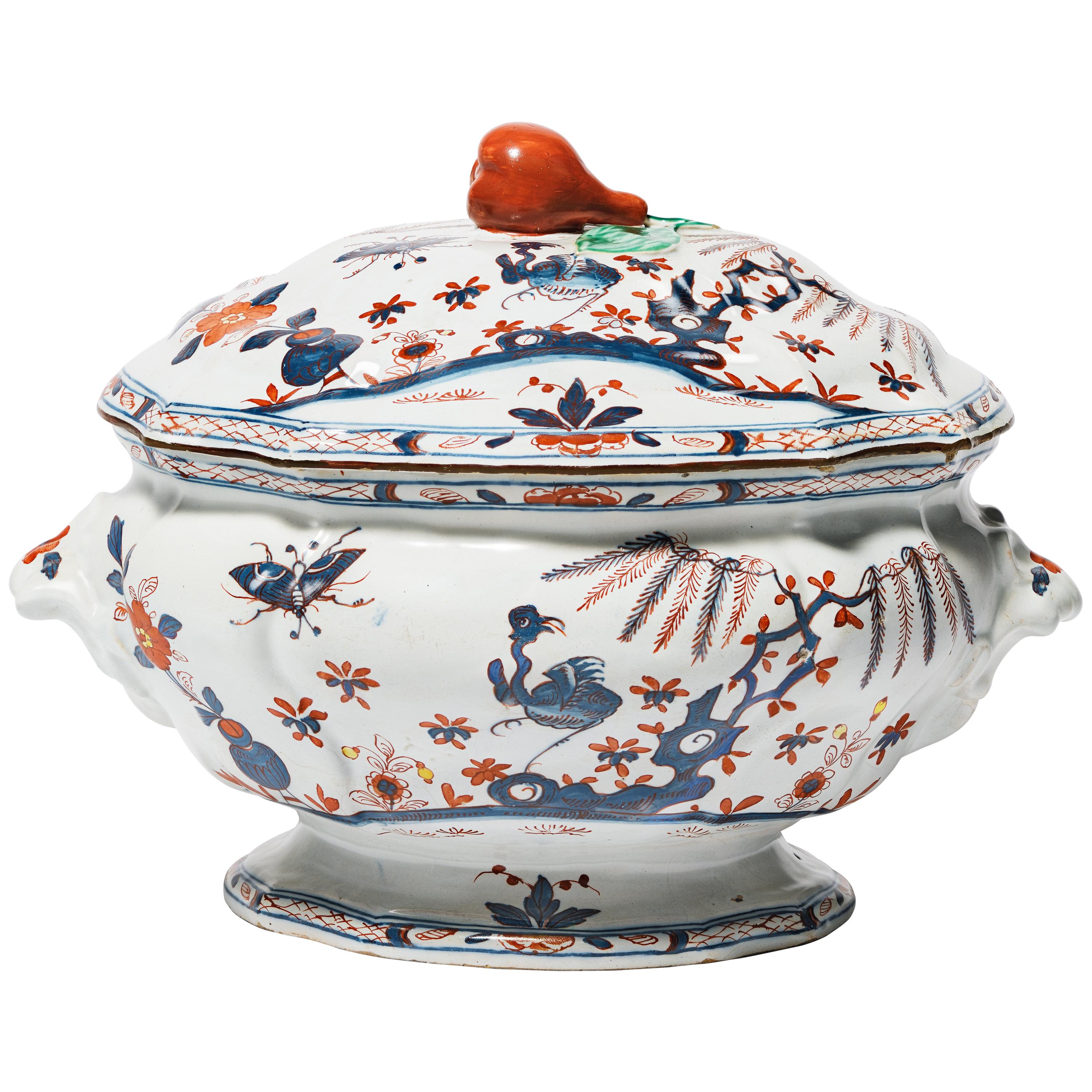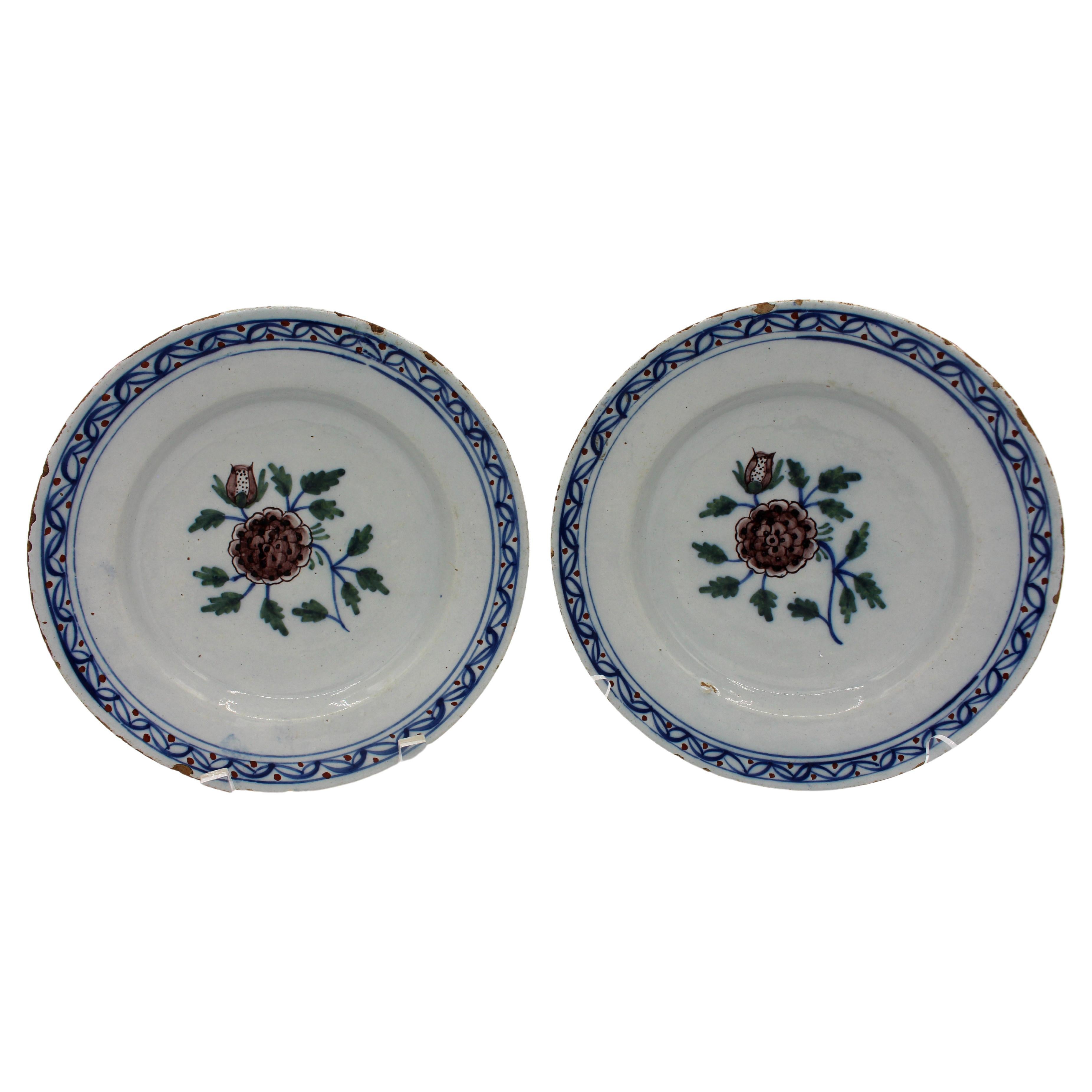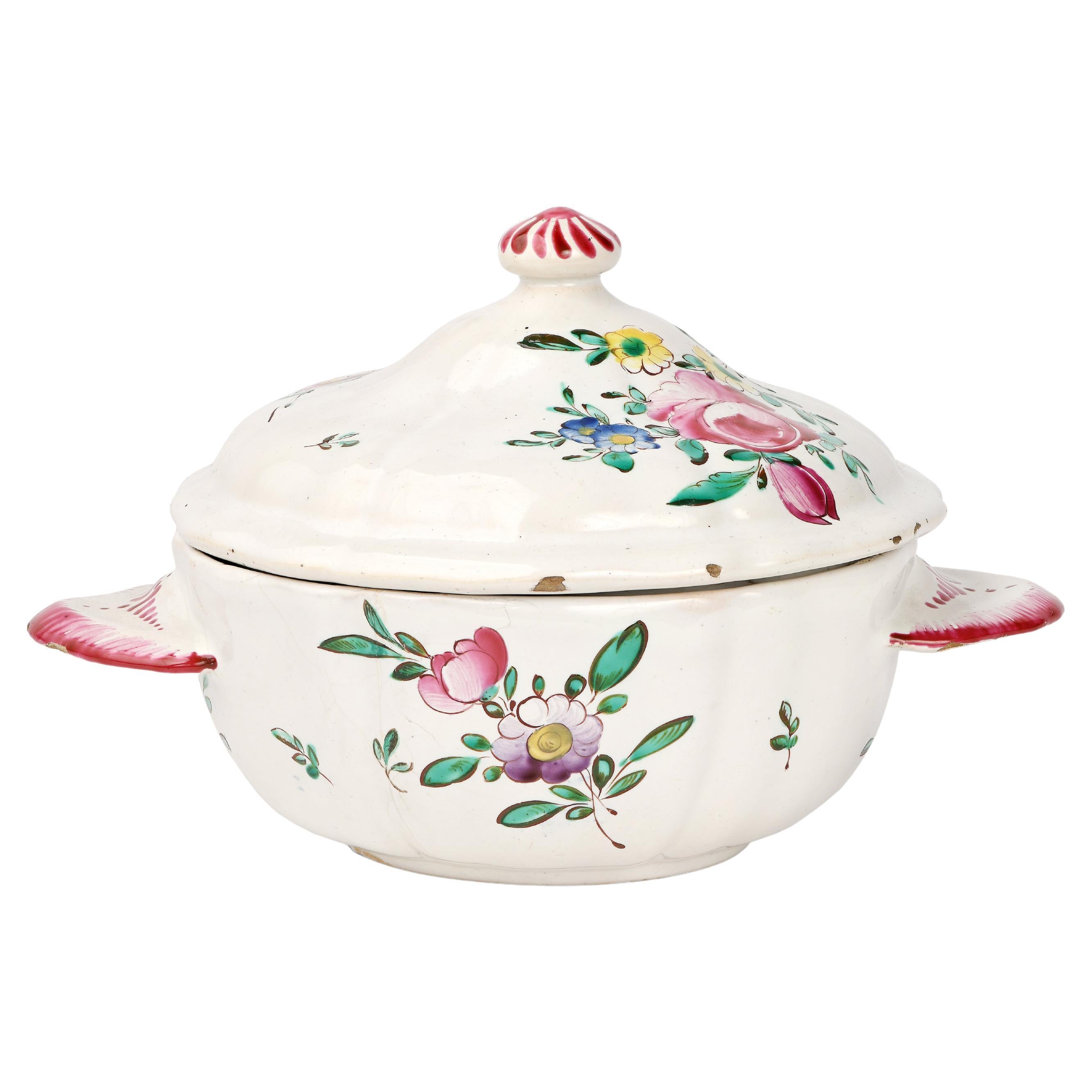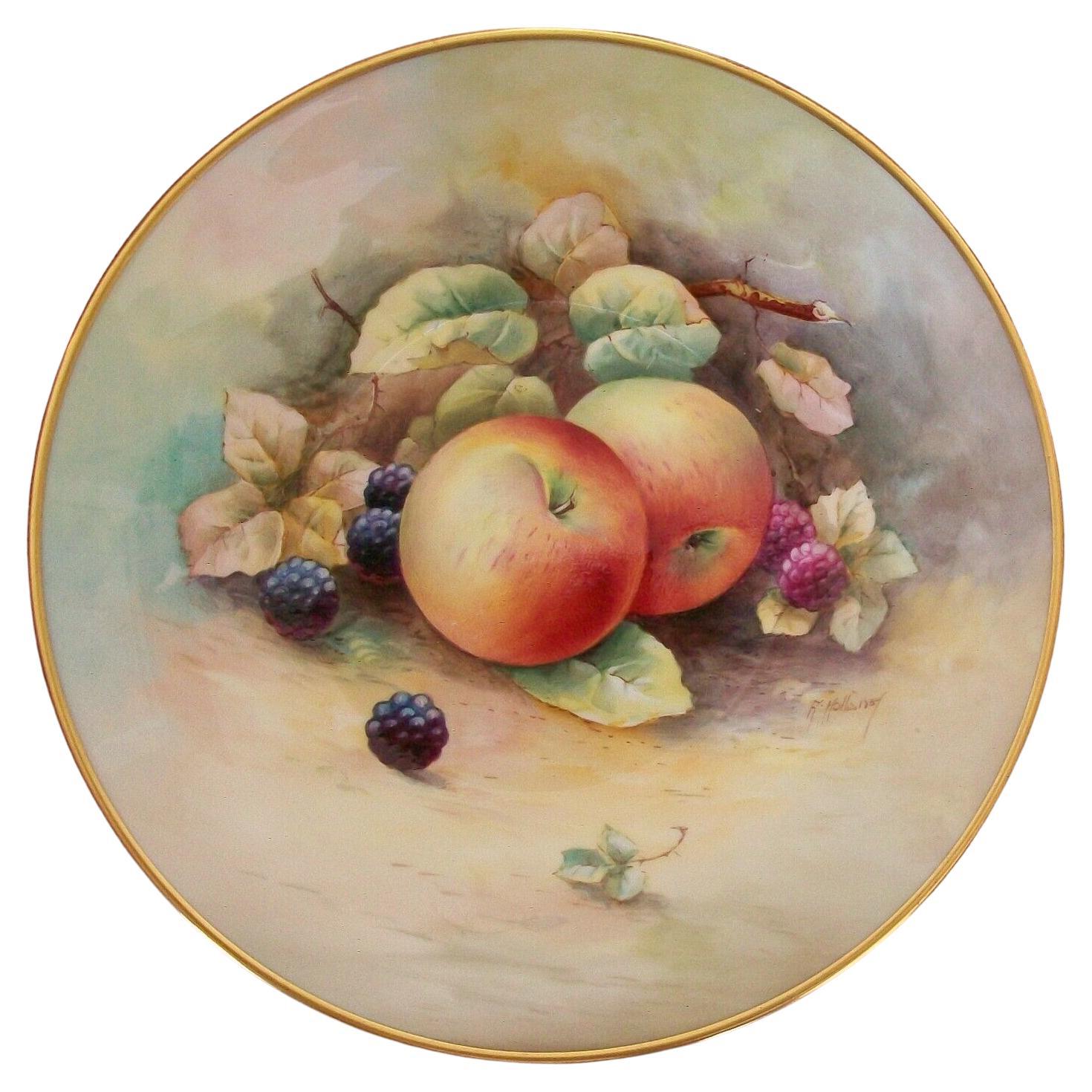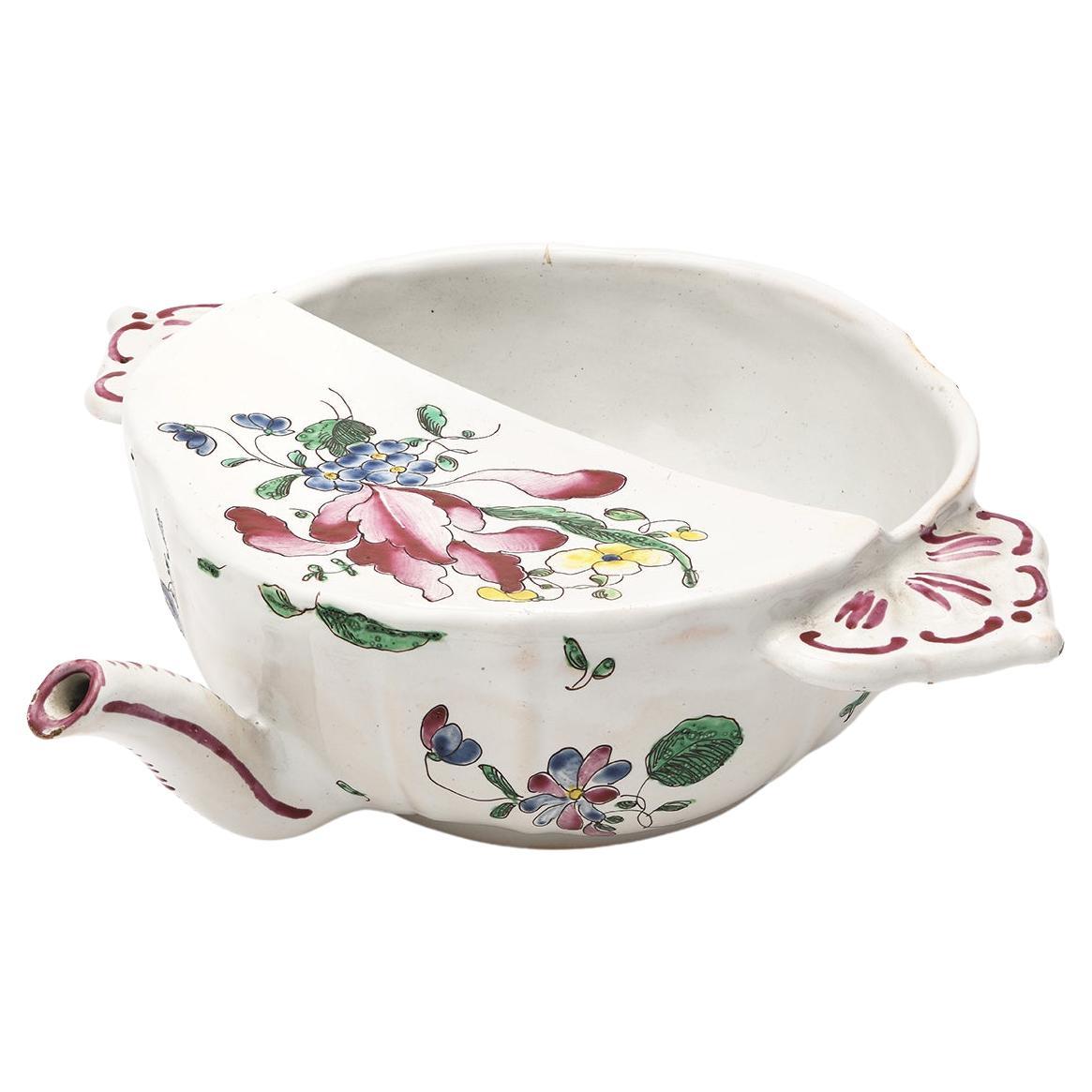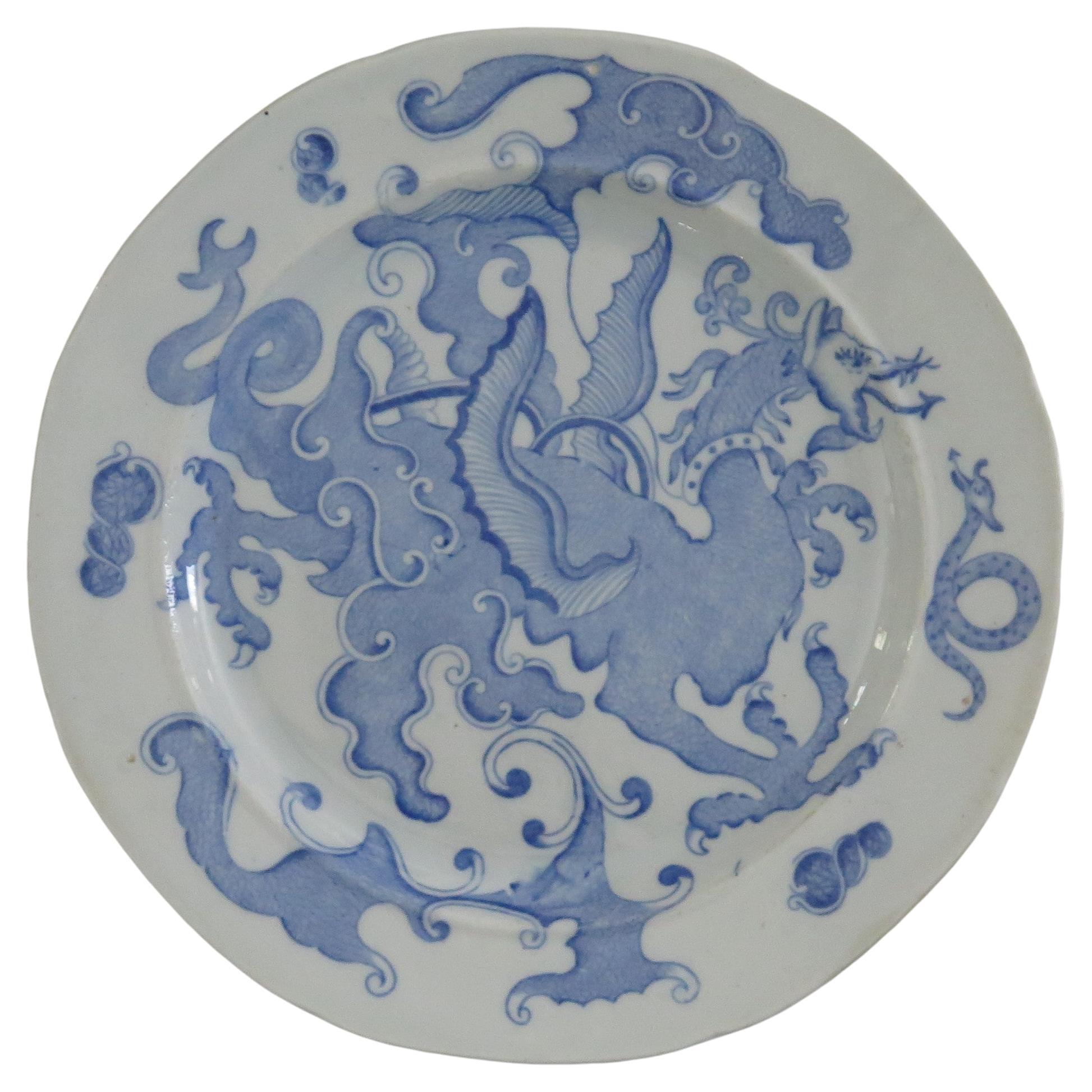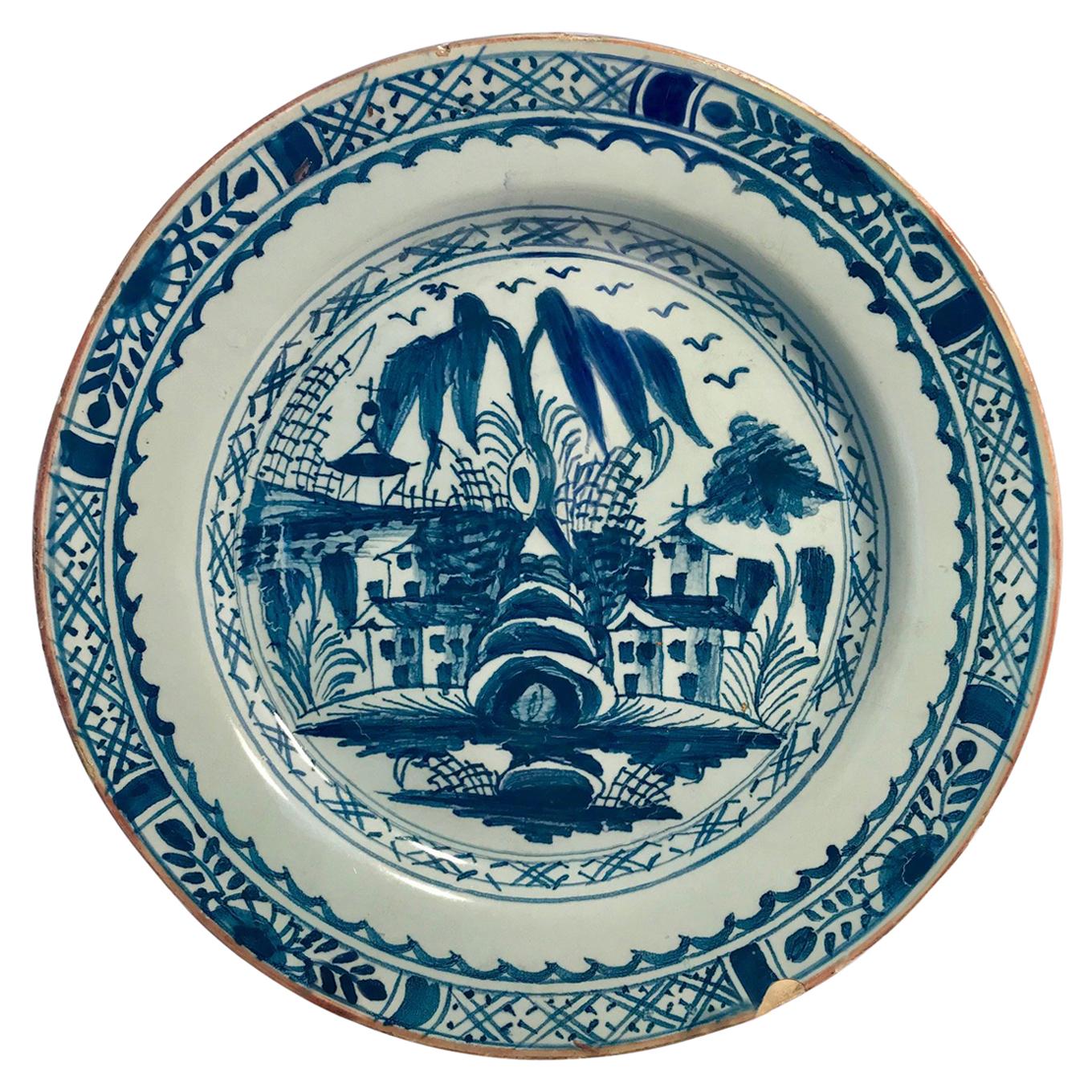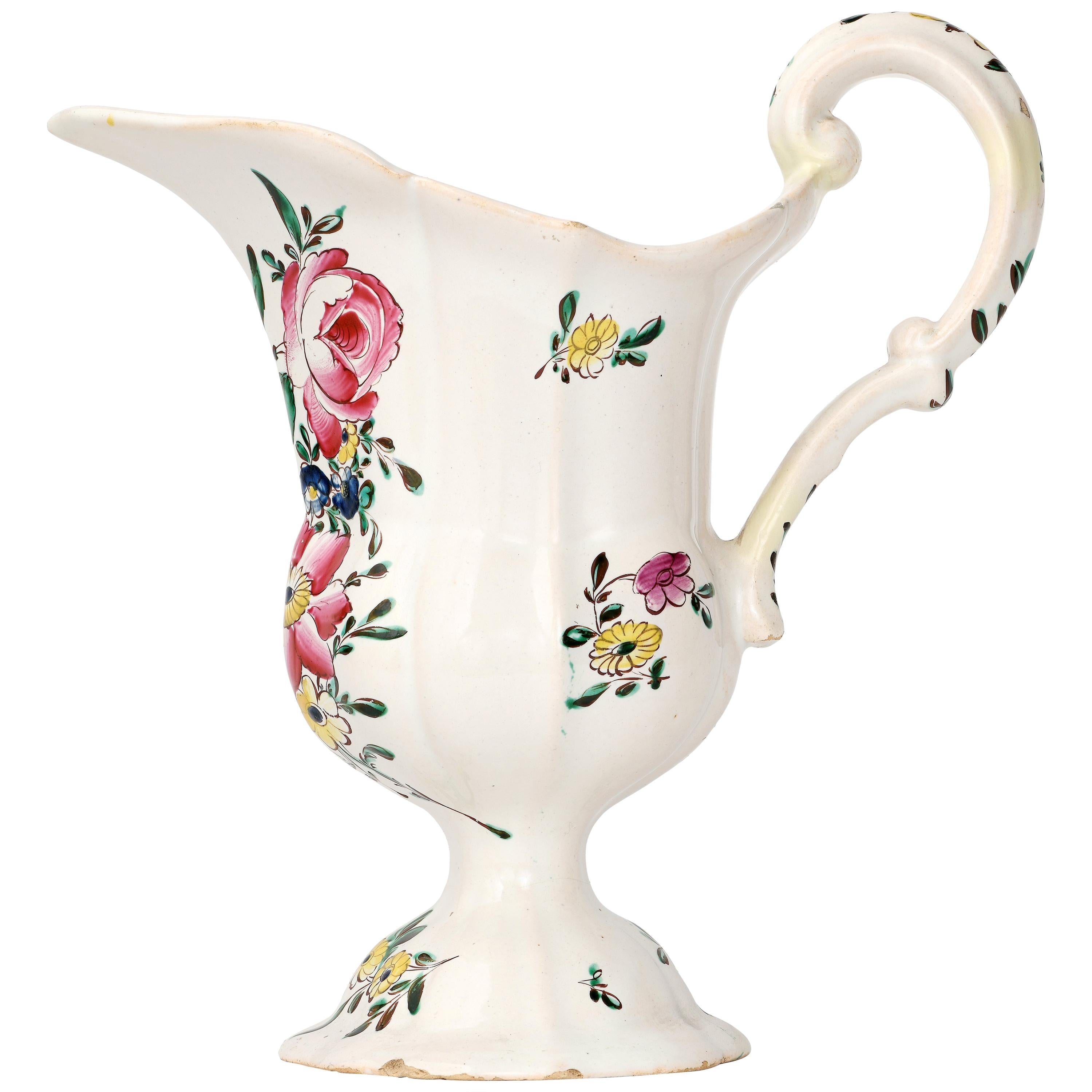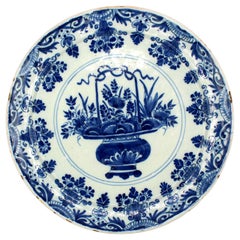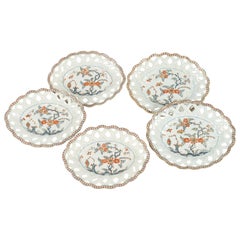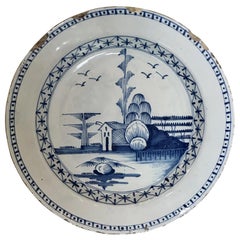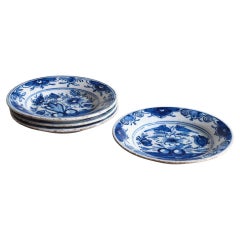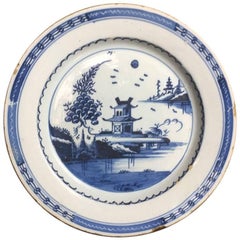
London Delft Plate, Chinese Pagoda, circa 1770
View Similar Items
1 of 4
London Delft Plate, Chinese Pagoda, circa 1770
About the Item
Authenticity Guarantee
In the unlikely event there’s an issue with an item’s authenticity, contact us within 1 year for a full refund. DetailsMoney-Back Guarantee
If your item is not as described, is damaged in transit, or does not arrive, contact us within 7 days for a full refund. Details24-Hour Cancellation
You have a 24-hour grace period in which to reconsider your purchase, with no questions asked.Vetted Professional Sellers
Our world-class sellers must adhere to strict standards for service and quality, maintaining the integrity of our listings.Price-Match Guarantee
If you find that a seller listed the same item for a lower price elsewhere, we’ll match it.Trusted Global Delivery
Our best-in-class carrier network provides specialized shipping options worldwide, including custom delivery.You May Also Like
Circa 1770 Delft Blue & White Plate
Located in Chapel Hill, NC
Circa 1770 Delft blue & white plate. Central handled & footed basket vase overflowing with flowers, surrounded by alternating repetive floral vases & natura...
Category
Antique 1770s Dutch Ceramics
Materials
Ceramic
Ancient Maiolica Plates Pasquale Rubati, Milan Circa 1770-1780
By Pasquale Rubati
Located in Milano, IT
Five oval maiolica dishes with pierced edge
Manufacture of Pasquale Rubati
Milan, 1770-1780
Three small oval dishes 10.23 in x 7.67 in (26 cm x 19.5 cm)
Two large oval dishes 10.82 in x 8.85 in (27.5 x 22.5 cm)
lb 3.5 (kg 1.8)
State of conservation: intact
The five dishes of different sizes have an oval shape, a mixtilinear edge and a molded polylobed shape with a surface enriched with a relief weave motif extending to the brim and forming a perforated basket...
Category
Antique 1770s Italian Rococo Ceramics
Materials
Maiolica
Blue and White Delft Charger, London
Located in Charlottesville, VA
Delft charger, London, painted in blue with a house in a stylized landscape, 18th Century. diam. 14.25 in.
Category
Antique 18th Century English Ceramics
Materials
Ceramic
Two Sets of Late 18th Century Dutch Delft Plates, circa 1790
Located in Madison, MS
These sets of Delft Dutch plates would be a lovely addition to a dining room or would make beautiful decorations displayed on a wall or resting on a buffe...
Category
Antique Late 18th Century Danish Ceramics
Materials
Delft
$1,380 Sale Price
20% Off
Ancient Italian Maiolica Tureen Milano, 1770 circa
By Felice Clerici, Pasquale Rubati
Located in Milano, IT
Maiolica tureen “allo struzzo” (ostrich decoration)
Milan, Felice Clerici or Pasquale Rubati factory, circa 1750-1780
Measures: 9.25 in x 12.79 in x 10.23 in (cm 23.5 x cm 32.5 x cm 26)
lb 4.78 (kg 2.17)
State of conservation, a felûre consolidated inside with slight edge chipping restored.
In Milan in the 18th century two Majolica warehouses were opened, the first, by Felice Clerici, in 1745, the second in 1756 by Pasquale Rubati.
Traditionally this type of decoration has been attributed to the Pasquale Rubati factory. In reality the motif “allo struzzo”, one of the clearest examples of how the taste for chinoiserie met with considerable success during the 18th century, had been produced, in specimens of greater or lesser quality, by both Milanese manufactories.
This Maiolica tureen has a swollen and ribbed oval bowl, rests on an extroflexed foot and shows stirrup handles.
The tri-color ornament, in the typical tones of Japanese "Imari" decorations, shows an idealized oriental landscape that develops around a perforated rock and has a willow tree with long lance-shaped leaves framing the long-legged bird figure. The ornamentation is enhanced by decorative elements such as butterflies, small florets and a vase with a thin flowery stem.
The lid is ribbed with a pear-shaped knob on top.
The decoration was called in the Milanese manufactories "allo struzzo" (ostrich decoration) and this refers to the oriental figure Xian He or the crane, symbol of longevity, here losing its symbolic value. It is hypothesized that among some 16th century engravings...
Category
Antique 1770s Italian Chinoiserie Ceramics
Materials
Maiolica
Mid-18th Century Pair of Delft Polychrome Plates
Located in Chapel Hill, NC
Mid-18th century pair of Delft polychrome plates, Dutch. Each with a central rose and repetitive entwined motif decorative border. Typical fritted edges. Charming & unusual. 8 7/8" d...
Category
Antique Mid-18th Century Dutch Aesthetic Movement Ceramics
Materials
Ceramic
Recently Viewed
View AllMore Ways To Browse
Stephen Burr
Stephen Deutch
Stephen Huneck Furniture
Stephen Huneck
Sterling Brides Basket
Sterling By Poole
Sterling Donkey
Sterling Footed Candy Dish
Sterling Honey Pot
Sterling Mote Spoon
Sterling Relish Tray
Sterling Silver Asparagus Dish
Sterling Silver Baby Food Pusher
Sterling Silver Brides Baskets
Sterling Silver Flatware Queens Lace
Sterling Silver Monticello By Lunt
Sterling Silver Owl Perfume Bottle
Sterling Silver Presentation Trowel
